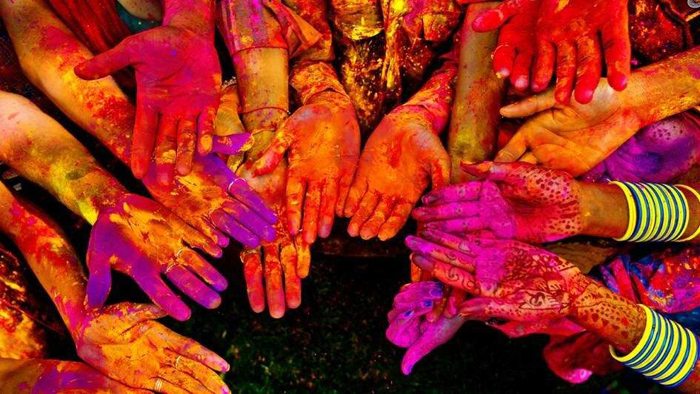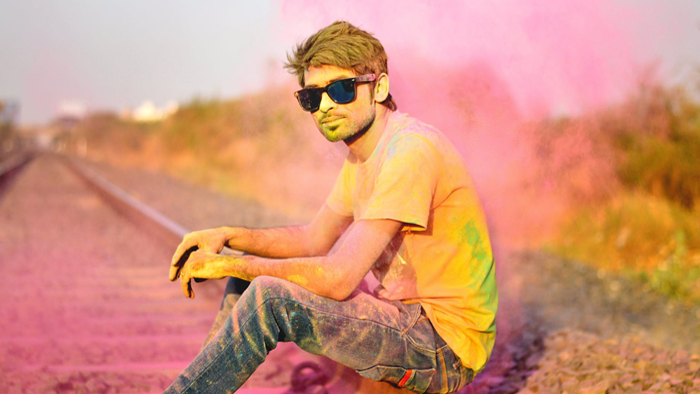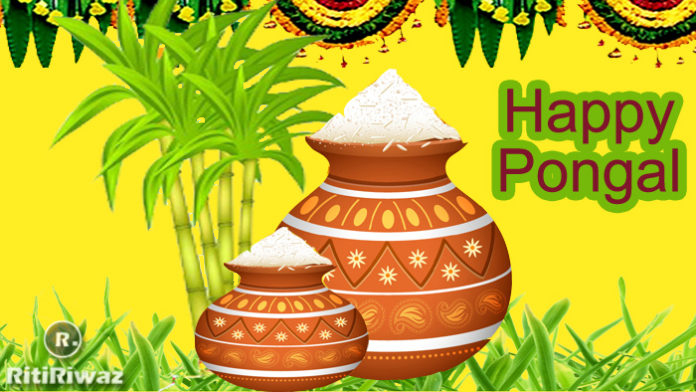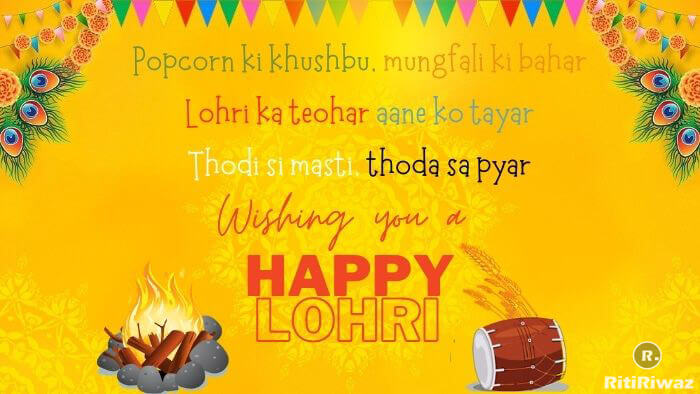Meaning of Holi Colors

Colors are very important in our life as they represent our health and mood and Holi means colors, they add life and vitality to the festival making it the most vibrant of all.
Holi is one of the major festivals in India celebrated with complete zest and fervor. From red to green to indigo each color holds a special place in its beauty, ritual, and tradition. People open up themselves and enjoy the festival to the hilt. The tradition of consuming bhang too escalates the level of enthusiasm. For, the rule of the day is, ‘Bura na mano Holi hai‘.
Holi represents the arrival of the spring season and the end of winter and is associated with Lord Krishna playing Holi with Radha and the Gopis. Traditionally the colors used in Holi were made of flowers and herbs but today everywhere you can find synthetic colors in the market. You can even see colors made of natural ingredients such as turmeric, beetroot, and berries. Skin-friendly and bright powdered colors have an increasing demand in the market.
Holi is a festival of colors and every color of Gulal holds a hidden meaning, so let us know more about the meaning of various colors of Gulal so that next time before picking colors you know which color to choose.
Red Gulal

The red color is associated with sindoor in India and married women wear it on their forehead as a symbol of their marriage. The red color is called kumkum and is made of turmeric powder which gets red when mixed with lime and is put on deities.
Many people in India mark a red dot or tilak, on their forehead as a sacred mark of protection. The red color is also associated with a message of love, romance, and fertility.
Blue Gulal

Blue is the color of Krishna’s complexion and also of the sky and the oceans. Lord Shiva is Nilakantha, the blue-necked one, because of a story that he drank a pot of poison to save creation. Blue is a reminder that evil exists but can be contained, through courage and the right actions.
Since water is also transparent, blue is considered a transparent color. Blue is a symbol of strength and life. Since water is also transparent, blue is considered a transparent color.
Yellow Gulal

Yellow the color of knowledge and learning, symbolizing happiness, meditation, and peace. Turmeric is yellow in color and has got healing power which is widely used as a spice in Indian cooking and even in beauty enhancing products.
During an Indian wedding, there is an event of applying Haldi on the groom and bride as Haldi helps to lighten the skin tone and heals infections. Have you ever noticed why smileys are made of yellow color? The yellow color is responsible for the formation of a chemical called serotonin in our brain, which makes us happy. The yellow color Gulal adds brightness and fills people’s hearts with joy and fun.
Green Gulal

If blue is the spiritually complex color of the gods, green is the color of nature and happiness. It’s the color of another manifestation of Vishnu, Prince Rama, who spent most of his life in exile in the forest.
In Maharashtra and Andhra Pradesh, married women wear green bangles and green sari in Rama’s honor. Green symbolizes nature, the start of Spring, and new beginnings and therefore is a manifestation of God himself and is a revered color of Islam.






